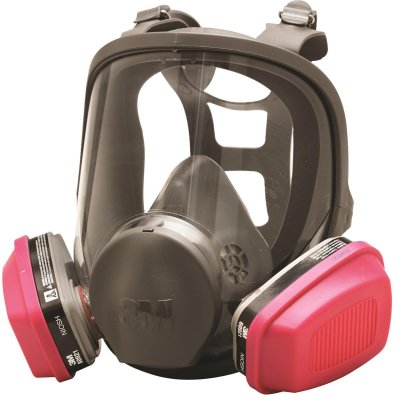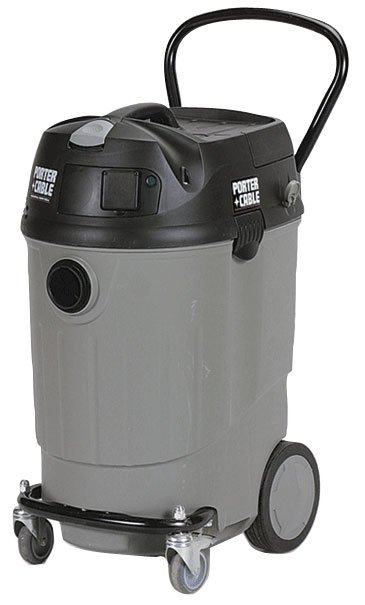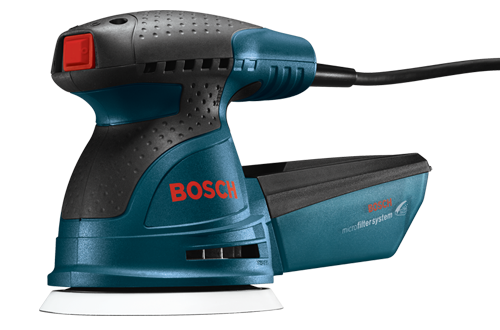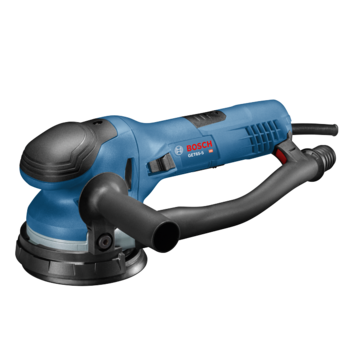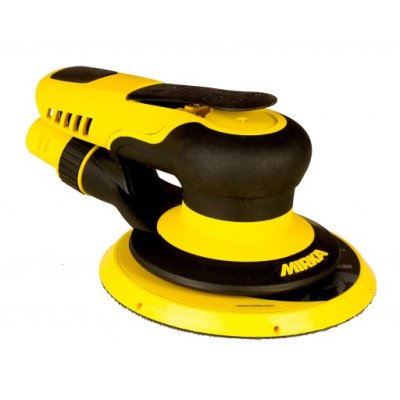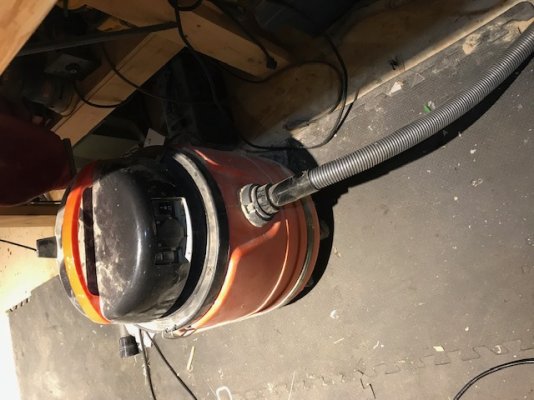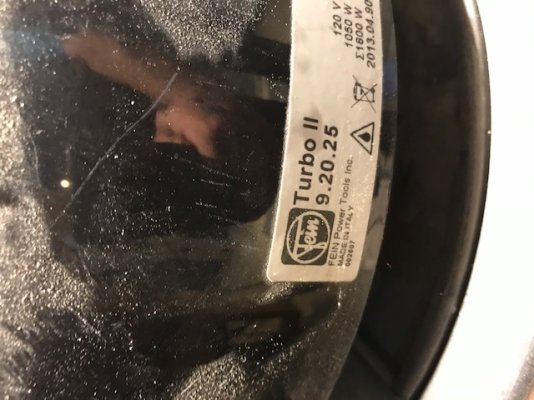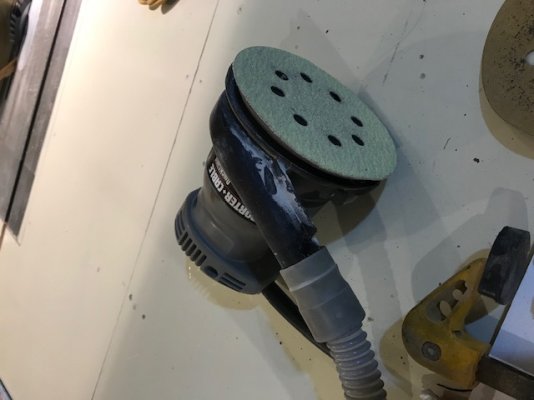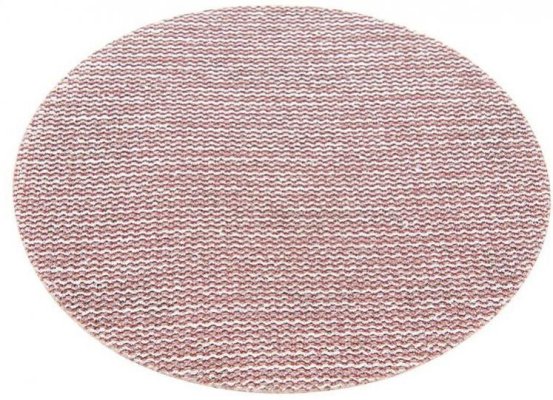Using a RO 5" DeWalt with a 10-gallon vac, but the dust goes everywhere. Tried a bigger vacuum, same result. Today I bought a variable speed RO sander thinking I could run it at a slower speed giving the vac time to collect more dust.
Am I on the right track? I haven't unpackaged the new sander yet; thought it best to ask here first.
Note: the bottom paint is not ablative. Could that be the reason, maybe it's coming off in a finer dust?
Thanks.
Am I on the right track? I haven't unpackaged the new sander yet; thought it best to ask here first.
Note: the bottom paint is not ablative. Could that be the reason, maybe it's coming off in a finer dust?
Thanks.

